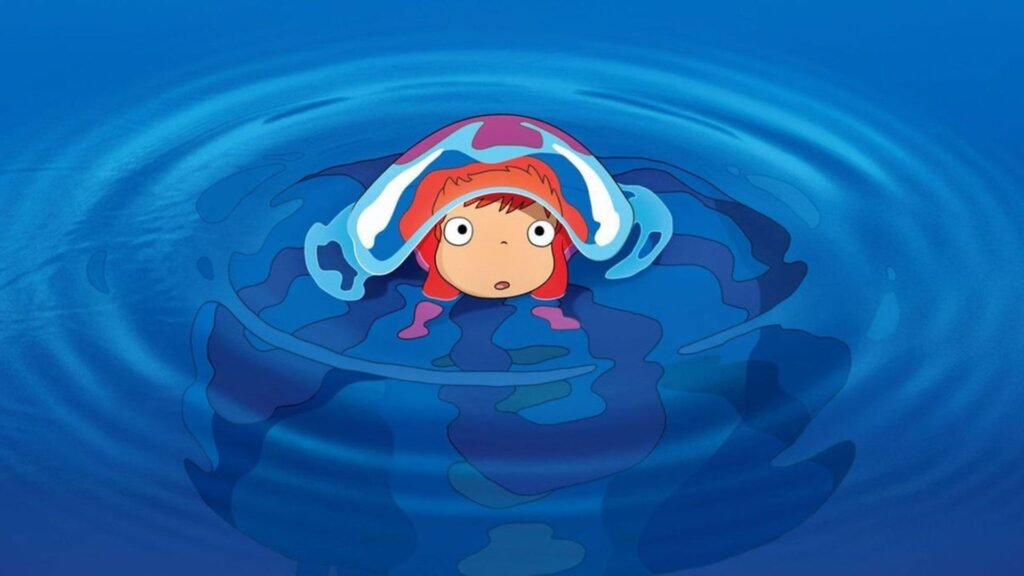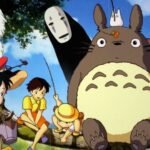The Role of Studio Ghibli in Shaping Japanese Animation
Studio Ghibli, co-founded by legendary directors Hayao Miyazaki and Isao Takahata, is one of the most influential animation studios in the world. Since its inception in 1985, the studio has produced some of the most iconic and beloved animated films, leaving a lasting impact on Japanese animation and the global film industry. Here’s how Studio Ghibli has played a pivotal role in shaping Japanese animation:

Elevating Anime to an Art Form
Before Studio Ghibli, anime was often seen as mere entertainment, primarily aimed at children. Studio Ghibli challenged this perception by creating films that were both visually stunning and deeply meaningful, appealing to audiences of all ages. The studio’s commitment to hand-drawn animation and meticulous attention to detail elevated anime to an art form, inspiring a new generation of animators and filmmakers.
Iconic Storytelling
Studio Ghibli’s films are known for their rich storytelling, often exploring themes of nature, war, love, and the human condition. Movies like “Spirited Away,” “Princess Mononoke,” and “My Neighbor Totoro” blend fantasy with reality, creating worlds that are both magical and relatable. These narratives often challenge traditional storytelling conventions, offering complex characters and moral ambiguity that engage audiences on a deeper level.
Strong Female Protagonists
One of Studio Ghibli’s most significant contributions to Japanese animation is its portrayal of strong, independent female protagonists. Characters like Chihiro in “Spirited Away,” San in “Princess Mononoke,” and Sophie in “Howl’s Moving Castle” are not only central to their stories but also embody resilience, courage, and growth. This focus on strong female leads has influenced anime and other forms of storytelling, encouraging more diverse and empowering representation in media.
Environmental and Anti-War Themes
Studio Ghibli films frequently address environmental issues and the impact of war, reflecting the personal beliefs of Hayao Miyazaki and Isao Takahata. “Nausicaä of the Valley of the Wind” and “Princess Mononoke” are prime examples of how the studio uses animation to comment on humanity’s relationship with nature and the consequences of industrialization. Similarly, “Grave of the Fireflies” offers a harrowing portrayal of the effects of war on ordinary people, contributing to the anti-war discourse in Japan and beyond.
Global Influence and Legacy
Studio Ghibli’s influence extends far beyond Japan. The global success of films like “Spirited Away,” which won the Academy Award for Best Animated Feature, has introduced international audiences to the richness of Japanese animation. The studio’s films have inspired countless creators, from Western animators to indie filmmakers, solidifying its role as a cornerstone of global animation.
Conclusion
Studio Ghibli has profoundly shaped Japanese animation, transforming it from a niche genre into a globally recognized and respected art form. Through its commitment to storytelling, visual excellence, and thematic depth, the studio has created a legacy that continues to influence and inspire the world of animation. Whether through the enchanting worlds it creates or the powerful messages it conveys, Studio Ghibli remains a testament to the limitless potential of animated storytelling.



